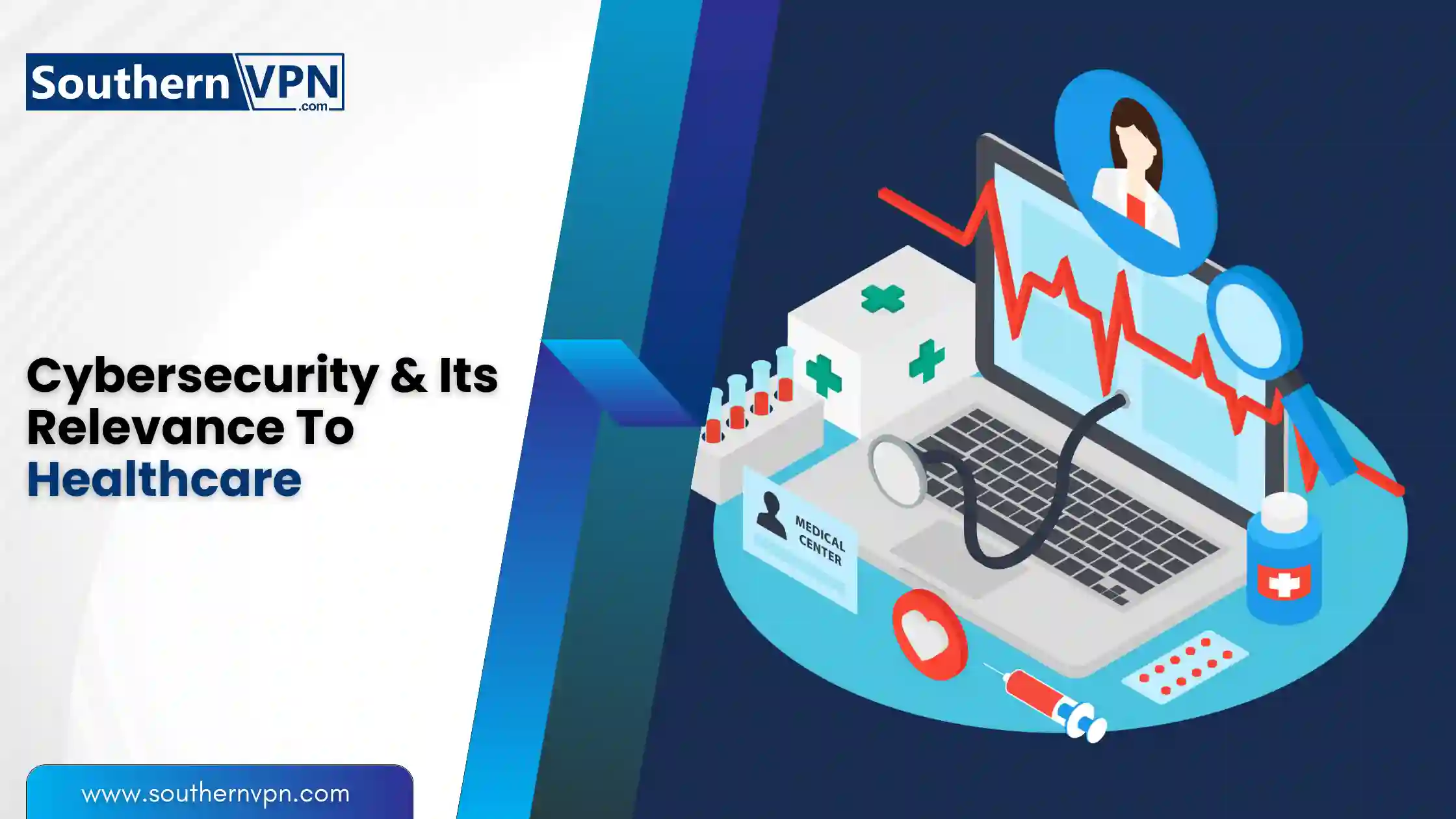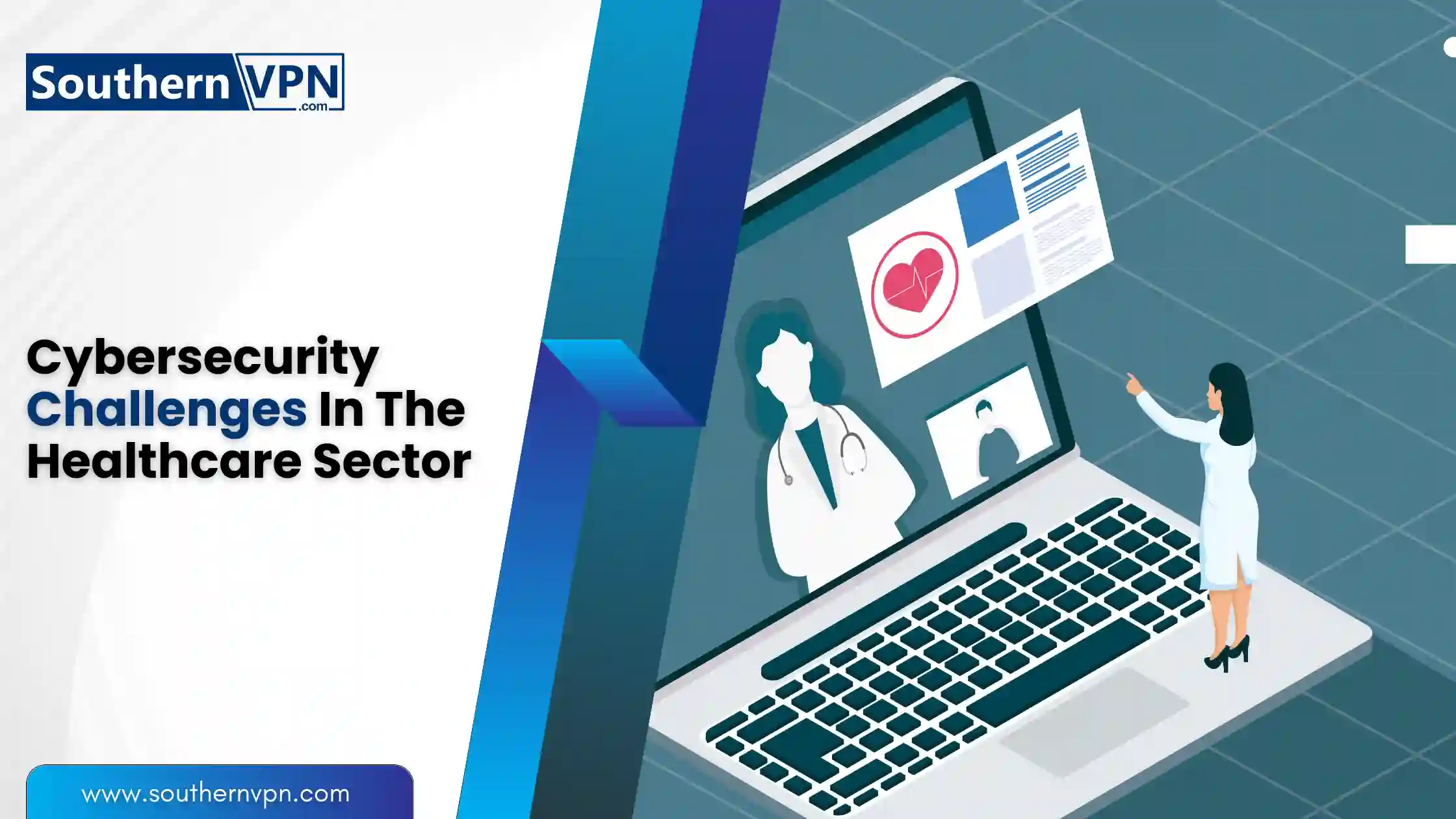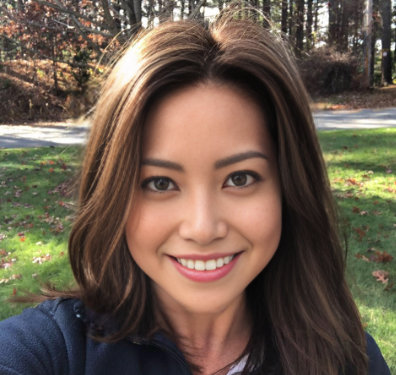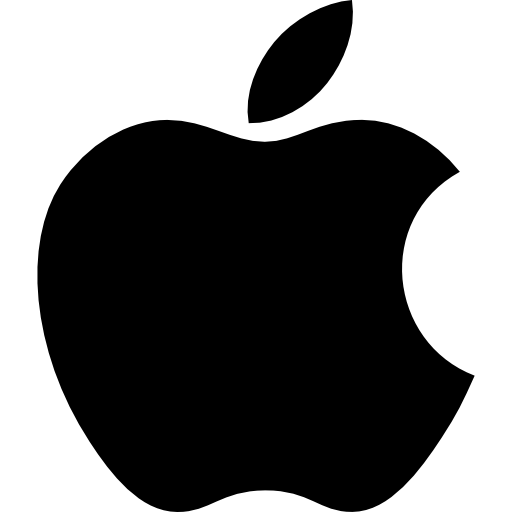The modern healthcare industry has relied much on technology in providing patients with quality healthcare services. Online records, or Electronic Health Records together with other affiliated medical devices have been boosted by the principle of digital transition. However, the use of technology in the industry has also revealed the sector to so many cyber risks.
This particular sector has turned into the desired focus area, for several reasons, including the fact that the heads of cybercriminal organizations have noted that healthcare organizations possess records of valuable data that such organizations would love to possess.
Healthcare cybersecurity is crucial as the popular cyber threats include ransomware, data breaches, and Distributed Denial of Service (DDoS) attacks., particularly Distributed Denial of Services (DDoS) attacks impact healthcare facilities. These attacks are dangerous, as the attackers frequently interrupt the delivery of patients’ care, which can cost thousands of dollars to clinics and hospitals and expose patients’ data.
Cybersecurity And Its Relevance To Healthcare

Cybersecurity is crucial in healthcare for ensuring patient safety, protecting data privacy, maintaining regulatory compliance, and managing financial risks.
-
Patient Safety:
Since hospital cyber threats can affect every sector on the globe, the health sector is not an exception and critical services may be paralyzed, risking the lives of patients. For instance, an attack that affects a hospital may lead to the locking of all its systems, especially those containing patient records, hence leading to a delay or inability to provide appropriate medical attention.
-
Data Privacy:
Healthcare organizations deal with large amounts of patients’ information which can be personal: medical history, financial data, etc. If this information falls into the wrong hands through a data breach, the patient suffers huge losses, and the healthcare provider organization’s reputation suffers. Protecting patient information is crucial to avoid such breaches.
-
Regulatory Compliance:
Regulatory compliance ensures that healthcare organizations follow legal requirements for data privacy and security, helping to protect patient information and avoid penalties.
The healthcare sector is one of the most regulated industries, thereby being forced to adhere to more rules like the Health Insurance Portability and Accountability Act (HIPAA) with policies on patient information. Various legal requirements that regulatory authorities have set for the banking sector if not met attract serious penalties and fines.
-
Financial Implications:
The financial risks resulting from hospital cyber threats in the field of healthcare are extremely high. Some of these costs include the expenses of managing an incident, repairing the system, and dealing with eventual legal actions; let alone the interruption of revenues caused by the interruption of patient care services.
For a deeper understanding of how to mitigate these risks, consider exploring comprehensive cybersecurity strategies tailored for healthcare organizations.

- Lightning-fast speeds to browse without lag
- Servers in 105+ countries around the globe
- Military-grade security to stay safe online
- Try it risk-free with its money-back guarantee
- Native apps for all major devices
Do You Know?
The Health Sector Cybersecurity Coordination Center (HC3) and the Health Information Sharing and Analysis Center (H-ISAC) regularly release alerts and best practices to help the healthcare organizations to reduce cyber threats including distributed DDoS attacks and vulnerabilities in medical devices.
Cybersecurity Challenges In The Healthcare Sector

Challenges include outdated systems, connected medical devices, remote work, lack of cybersecurity expertise, and limited budgets.
Legacy Systems:
Hospitals and other healthcare providers largely use obsolete and legacy applications, which are generally more open to cyber threats. Legacy systems are often outdated and more vulnerable to cyber attacks due to their complexity and difficulty in upgrading.
Connected Devices:
Secure medical devices include those such as connected infusion pumps, pacemakers, and imaging equipment in addition to associated systems and subsystems as well as applications all of which have grown to become a target for hackers.
Most of these devices are not well protected and therefore represent relatively easy targets to corrupt and ensuring connected devices have up-to-date security measures and are regularly monitored can help protect them from cyber threats.
Remote Work and Telehealth:
Generally, the COVID-19 pandemic has advanced the application of decent work and virtual health services in the field of healthcare. Though these technologies have allowed the continuity of patient treatment, there are new security threats that are associated with acquisition loss and other related exposures.
Lack of Cybersecurity Expertise:
Healthcare organizations encounter challenges in staffing cybersecurity officers and specialists since the positions are competitive and complex, therefore experiencing difficulty in maintaining proper security.
Limited Budgets:
Generally, healthcare facilities have limited financial budgets, which means they cannot allocate adequate funds to cybersecurity measures. This can in turn lead to a post-cabinet disaster approach to many aspects of security, rather than a proactive one.
Managing Cyber Threats In the Healthcare Sector
Strategies include strengthening security measures, implementing access controls, enhancing employee training, developing incident response plans, and leveraging cybersecurity frameworks.
-
Strengthen Security Measures:
To deal with threats, healthcare organizations should establish strong security measures like secure healthcare systems, including firewalls, virus checkers, and intrusion detection systems among other controls to devices and networks. Software and patches also need to be updated from time to time to fix known vulnerabilities.
-
Implement Access Controls:
Controlling access to the patient data and the different systems in the healthcare organization should be controlled through the use of secure healthcare systems with more than one factor and by specifying the type of roles that are allowed to access several systems or data.
-
Enhance Employee Awareness and Training:
It remains especially important to utilize training methods to explain to healthcare workers threats and protective measures against human-related threats like phishing and unsafe handling of patient data.
-
Develop Incident Response and Recovery Plans:
Healthcare organizations should also implement proper incident response and disaster recovery plans because, in case of a cyber-attack, their organizations should be in a position to manage the situation properly.
-
Foster Collaboration and Information Sharing:
The healthcare industry professionals could engage other healthcare organizations, government agencies, and cybersecurity experts to keep abreast with current threats and gain insights on how to minimize these threats within secure healthcare systems.
-
Leverage Cybersecurity Frameworks:
Therefore, by implementing an industry-accepted cybersecurity framework like the NIST Cybersecurity Framework the healthcare organizations or the HITRUST CSF can offer the organizations a standardized approach to enhancing the security status.
-
Invest in Secure Technologies:
They should also focus on the implementation of secure technologies like the use of secured cloud services, the use of encrypted communication channels and others.
-
Ensure Regulatory Compliance:
There is a need to ensure patients’ information is preserved from external vandals through adulation to data privacy and security standards like the HIPAA in the United States.
Pro Tip
You can use advanced security tools such as endpoint detection and response (EDR), intrusion detection systems (IDS) and even security information and event management (SIEM) systems so that you can enhance your security posture.
Cybersecurity Efforts In Healthcare Domain

Initiatives include the HHS Cybersecurity Program, CISA guidance, and the NIST Cybersecurity Framework for Healthcare.
-
HHS Cybersecurity Program:
The Cybersecurity Program of the HHS has HC3 as one of the components; refer to 45 CFR 94. HC3 seeks to offer a toolbox, advice, and information exchange for the improvement of healthcare organizations’ cybersecurity.
-
CISA Guidance:
CISA has released many other resources and guidelines that support the healthcare industry against cyber threats including, specific information on ransomware and its prevention and management.
-
NIST Cybersecurity Framework for Healthcare:
The NIST has elaborated a particular CSF for that sector so that healthcare organizations have a clear guide in addressing their cybersecurity problems.
-
Industry Collaboration:
Modern healthcare-related cooperative structures include the Health Information Sharing and Analysis Center (H-ISAC) and the Healthcare and Public Health Sector Coordinating Council (HPH SCC) to handle new forms of threats.
What About New Technology?
We need to stress the fact that starting from utilizing more high-tech items such as AI and smart devices in the hospital setting the organization needs to be very cautious. Perhaps, such new tools may be helpful to patients, but, obviously, villains also have to be guarded to patients.
What Can We Do?
While hospitals work hard to keep our info safe, we can help too:
- Any accounts related to health should be password-protected
- Remember not to share medical/Health information on social networking sites.
- Avoid getting tricked by random emails or phone calls that might be on the attempt to get your health details.

Uninterrupted, high-speed browsing, zero logs so your online activity is always private.
Over 7000 people checked out NordVPN in the last month
Working together for Healthier, Safer Hospitals
As a result, a safe hospital is truly an environment in which doctors and nurses can concentrate on what is fundamentally important: curing people.
Conclusion
The protection of data in the healthcare setup is a very important factor that needs to be addressed in various dimensions. Amid the establishment of the digital culture in the healthcare industry, issues of patients’ privacy, and patient care continuity surfaced as critical questions related to healthcare cybersecurity.
Through the active employment of security controls, effective collaboration with the members of the healthcare organizations, and useful industry-specific programs, the healthcare organizations will be able to strengthen their defense against cyber threats and, therefore, guarantee the well-being of patients.
It takes constant effort, considerable resources, and the right mental approach to be ready to fend off various healthcare cybersecurity threats that crop up periodically in a rapidly developing sphere as diverse and sensitive as the healthcare domain.






